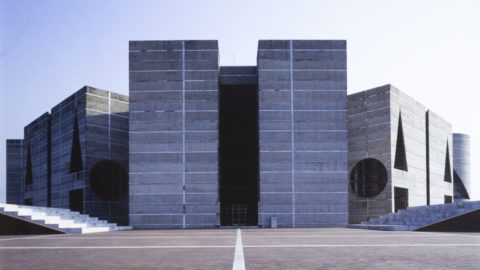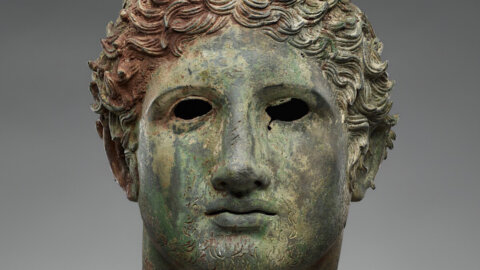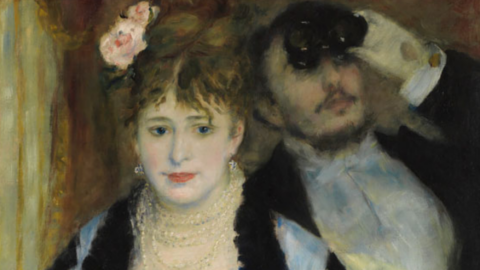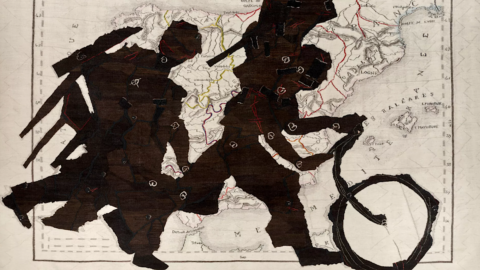From Wednesday 18 December until 2 June 2020, MAXXI hosts the exhibition “Architecture, silence and light. Louis Kahn in the photographs of Roberto Schezen“, curated by Simona Antonacci and Elena Tinacci.
The exhibition presents, on the occasion of the acquisition by the MAXXI Photography Collection, the different materials that form part of the Schezen Fund: from the positives printed by the author to the color slides. The exhibition is divided into two parts and moves through the main works of the architect from the Indian Institute of Management in Ahmedabad to the Kimbell Art Museum in Fort Worth, from the Phillips Exeter Library in New Hampshire to the National Assembly in Dhaka, to name a few just some.
Roberto Schezen, born in 1950 in Milan, dedicated a large part of his life to architectural photography, immortalizing the buildings of Louis Kahn and Adolf Loos and those of Vienna during the Secession period, as well as palaces, castles and prestigious European and Americans. The master of twentieth-century architecture, is characterized by a sense of monumentality , completely away from the trendy currents. Kahn's works represent the perfect combination of classical tradition and modernity . The distinctive elements of his work are the encounter between light and the compactness of matter. The structure is based on pure geometric figures, such as the circle, the triangle and the square. The skills of the Milanese Schezen allow us to capture all these elements through his shots, always taken in the absence of people, to underline the monumentality of Kahn's works through silence.
Louis Kahn is an architect of Jewish origin, naturalized in the United States, initially interested in the ethical principles of architecture, mainly dealing with public spaces. His works can be traced back to the principles of the Modern Movement, the exaltation of the functionality of the building to the detriment of the decorative element. In the fifties, however, his style was influenced by a trip to the Mediterranean countries, where he was fascinated by classical architecture. At the age of fifty, his works are also establishing themselves internationally. His architecture appears, still today, among the most innovative of the twentieth century.





